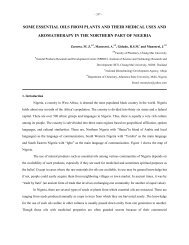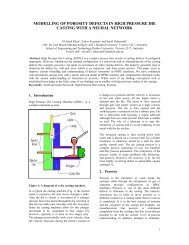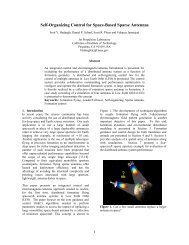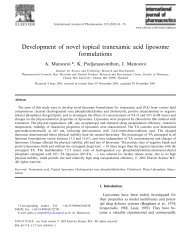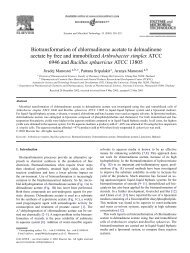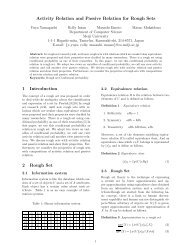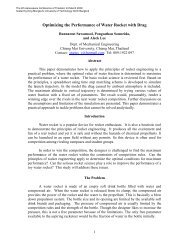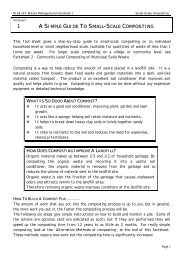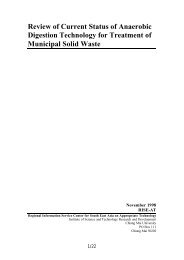COMMUNITY LEVEL COMPOSTING OF MUNICIPAL SOLID WASTE
COMMUNITY LEVEL COMPOSTING OF MUNICIPAL SOLID WASTE
COMMUNITY LEVEL COMPOSTING OF MUNICIPAL SOLID WASTE
You also want an ePaper? Increase the reach of your titles
YUMPU automatically turns print PDFs into web optimized ePapers that Google loves.
RISE-AT Waste Management Factsheet 2<br />
Community Level Composting of Municipal Solid Waste<br />
STEP 1 – HOW TO BUILD THE PILE<br />
Pile Design:- Two methods are described below, you can select either based on your<br />
requirements and the size of the composting facility.<br />
1) Standard Windrow Design<br />
Build elongated piles of waste, as shown in figure 1. Ideally they should be built on a well<br />
drained, impermeable surface, such as a paved or concrete surface. The ideal shape is a<br />
semicircular profile. The pile size should follow these guidelines:-<br />
Height – 1.5 to 2 m high. Any lower and the temperatures inside the pile will reduce, Any<br />
higher than 2m and the chances of anaerobic pockets developing in the pile are likely.<br />
Note the size of the pile is also important when turning. The higher the pile, the more<br />
difficult the manual turning process will be.<br />
Width – 1.5 to 2.0 m wide.<br />
Length – The length of the pile will have no effect on the biological composting process. It<br />
should be determined depending on the amount of waste being processed, the space<br />
available and the practicalities of the plant layout. It is sometimes convenient to have<br />
each windrow containing one days waste, this will simplify the turning rota.<br />
Figure 1 – Standard Windrow<br />
1.5 -<br />
2.0<br />
Length - not<br />
critical<br />
1.5 - 2.0<br />
m<br />
Page 9



